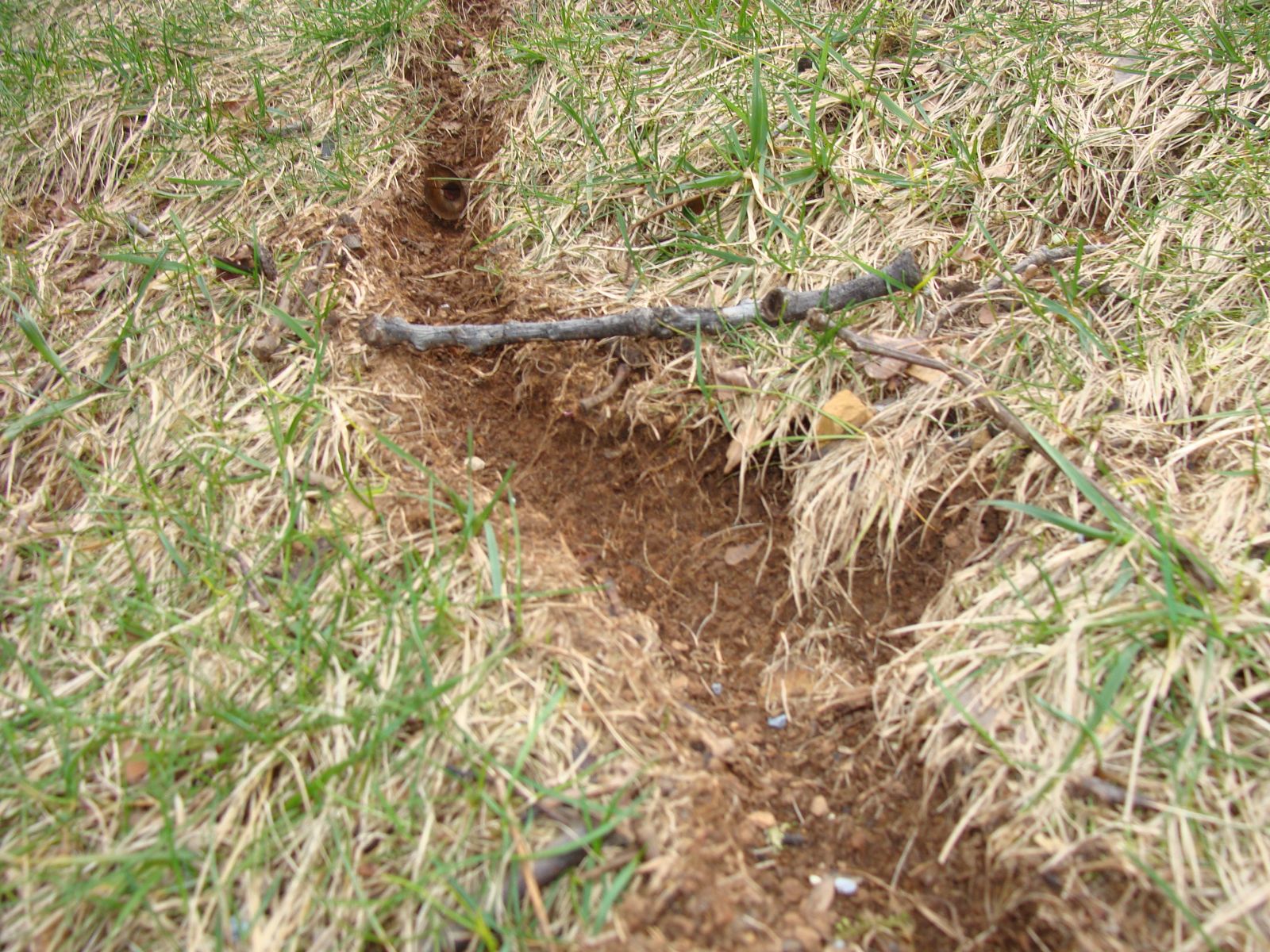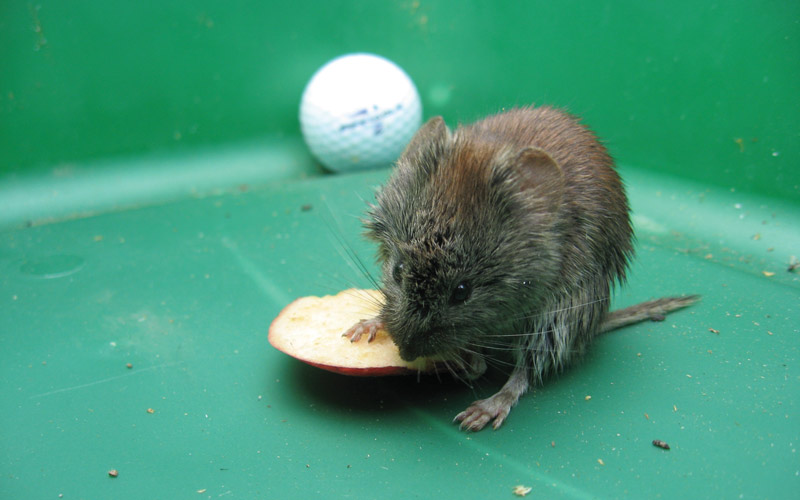Protect Your Utah Property: Advanced Vole Control Techniques
Wiki Article
Letting Loose the Power of Vole Insect Control: Advanced Techniques for Invasion Obliteration and Therapy

Vole Parasite Identification and Analysis
Voles, little rodents that resemble mice but have shorter tails, are commonly identified insects in gardens and yards, needing detailed evaluation to identify the extent of their problem. Determining voles involves acknowledging their distinctive functions, such as their stocky bodies, short legs, and small eyes. They are normally around 3 to 9 inches long and can differ in color from grey to brown.Evaluating vole problems is critical for applying effective parasite control approaches. Signs of vole presence include paths in verdant areas, damaged plant life, and little burrow openings near the surface area. By inspecting these signs, homeowner can determine the extent of the invasion and design appropriate elimination approaches.
To properly assess vole populaces, people can establish bait terminals or catches to capture and count the rats. In addition, observing vole activity patterns can supply insights right into their numbers and distribution throughout the afflicted area. By carrying out an extensive assessment, people can tailor their parasite control method to properly deal with vole infestations in lawns and gardens.
Cutting-Edge Capturing Techniques

Additionally, some electronic catches are outfitted with sensing units and remote tracking abilities, allowing homeowners to track vole task and trap standing from a distance, boosting the general efficiency of vole parasite control efforts. By integrating these sophisticated capturing strategies into parasite administration techniques, property owners can deal with vole infestations with accuracy and concern.
Strategic Exemption Techniques
Applying calculated exclusion approaches is important in stopping vole invasions and shielding gardens and backyards from damages caused by these parasites. These barriers must be hidden at the very least 12 inches deep and increase 6 inches above the ground to stop voles from burrowing beneath or climbing up over them.Another key exemption technique is the usage of gravel or rock mulch rather of natural compost. These access points must be secured with products like concrete or steel flashing to protect against vole accessibility.
Eco-Friendly Repellents and Deterrents
Making use of eco pleasant repellents and deterrents is a lasting strategy to taking care of vole populaces and decreasing damages to gardens and backyards. Green options are gaining appeal because of their efficiency in repelling voles without creating harm to the setting, family pets, or helpful wildlife. One typical green technique is utilizing all-natural vole site here repellents such as castor oil, garlic, or predator pee, which produce unpleasant scents for voles, driving them far from treated locations.Another environmentally friendly deterrent is making use of physical obstacles like wire mesh or equipment fabric to shield susceptible plants and bulbs from vole damage (vole control utah). These barriers work as a safety net versus vole intrusion while permitting proper oygenation and drain in the soil
In addition, presenting vole predators like owls or installing nest boxes can aid blog here naturally control vole populaces in a yard or lawn. By motivating all-natural predators, a well balanced environment can be kept without the demand for dangerous chemicals or catches. Generally, integrating environment-friendly repellents and deterrents in vole pest control strategies advertises sustainable and ecologically mindful methods.
Integrated Pest Administration Solutions
An alternative strategy to managing vole populations and mitigating damage in yards and gardens entails the extensive approach of Integrated Pest Management Solutions. Integrated Bug Monitoring (IPM) integrates various strategies to resolve vole problems successfully while minimizing environmental influence. This technique integrates organic, social, physical, and chemical control approaches to attain long-lasting insect control.One secret element of IPM is the focus on prevention. By implementing measures such as habitat modification, exclusion methods, and preserving proper garden health, homeowners can develop atmospheres less for vole habitation. Furthermore, organic controls, such as introducing all-natural killers or utilizing vole-resistant plant ranges, can help manage vole populaces without turning to chemical treatments.
When chemical control comes to be necessary, IPM concentrates on using targeted and eco friendly chemicals in a specific way. This minimizes the overall pesticide load on the ecological community while successfully taking care of vole populations. Normal monitoring and assessment are additionally essential components of IPM, permitting changes to approaches based on pest populace dynamics and efficacy of control actions. By embracing Integrated Pest Management Solutions, homeowners can achieve sustainable vole bug control while advertising ecological community health in their gardens and yards.
Conclusion
In final thought, the innovative methods for vole parasite control discussed in this article give effective services for infestation elimination and treatment. By executing a mix of trapping, exemption, repellents, and integrated parasite monitoring techniques, residential property owners can efficiently take care of vole populations and protect against additional damages. It is crucial to appropriately evaluate and identify vole parasites, and utilize environmentally friendly methods to resolve problems in a lasting way. These techniques use a thorough approach to vole parasite control for lasting success.As the determination of vole invasions proceeds to challenge building Going Here owners and farming experts alike, the mission for much more reliable and effective pest control techniques magnifies. In addition, some electronic catches are equipped with sensing units and remote surveillance capabilities, enabling homeowners to track vole activity and trap condition from a distance, boosting the total effectiveness of vole bug control efforts. One common environmentally friendly approach is using natural vole repellents such as castor garlic, oil, or killer pee, which produce undesirable scents for voles, driving them away from dealt with locations.
Additionally, presenting vole predators like owls or installing nest boxes can help normally control vole populaces in a yard or lawn - vole control. By embracing Integrated Bug Administration Solutions, homeowners can achieve lasting vole insect control while promoting ecological community wellness in their yards and yards
Report this wiki page